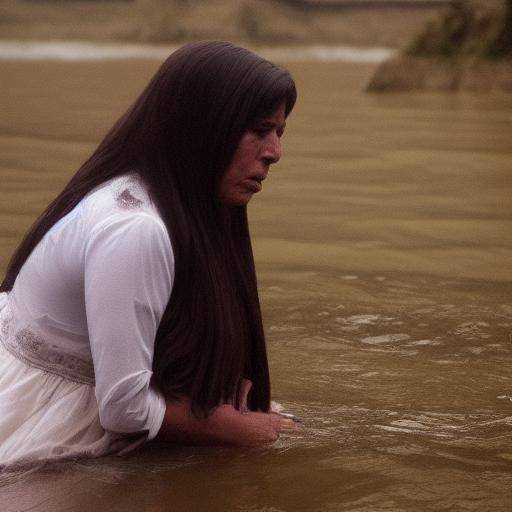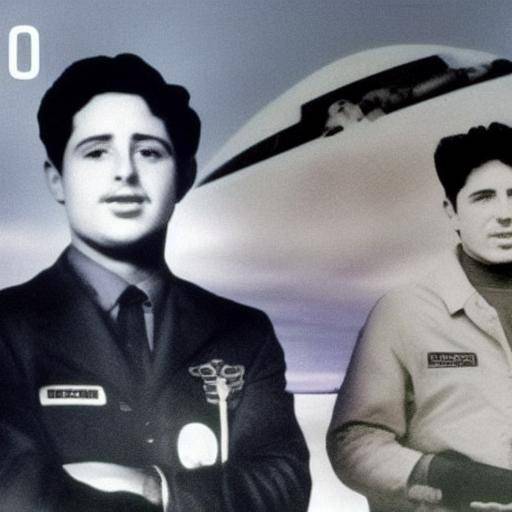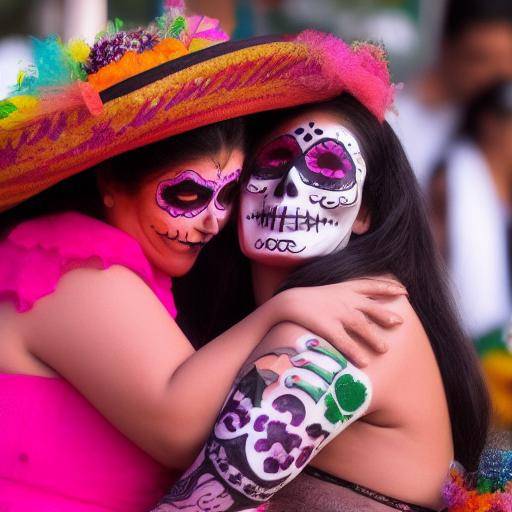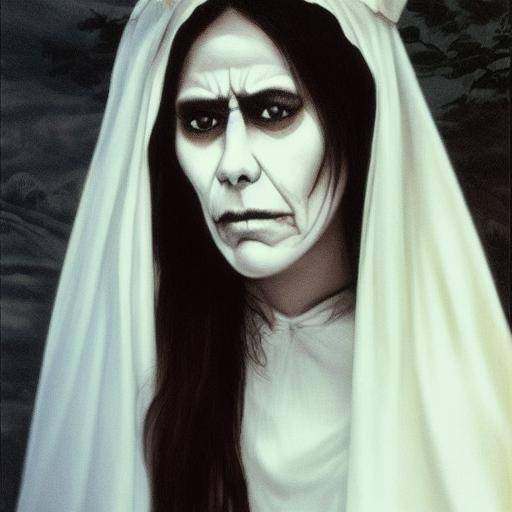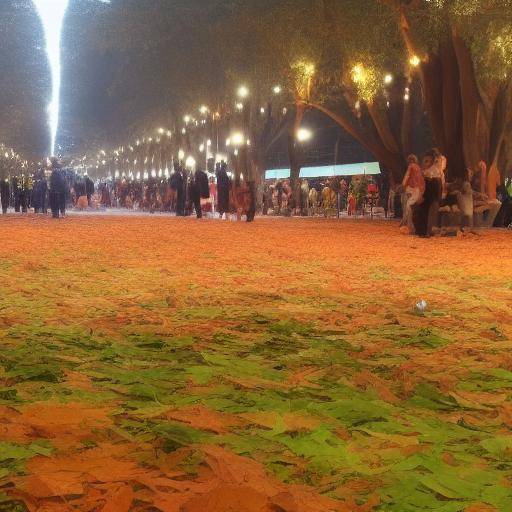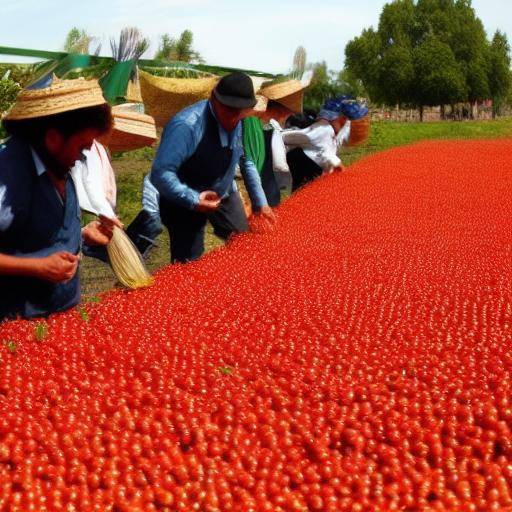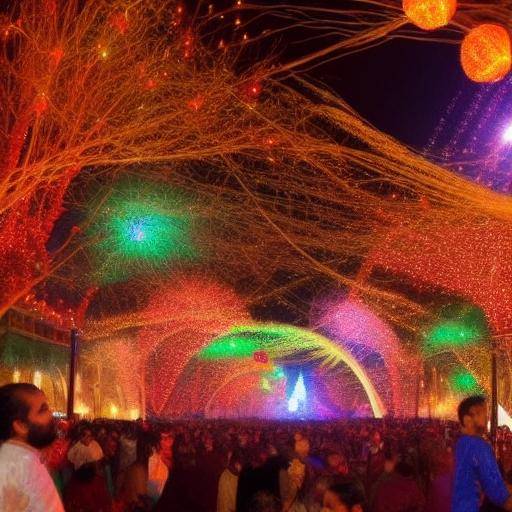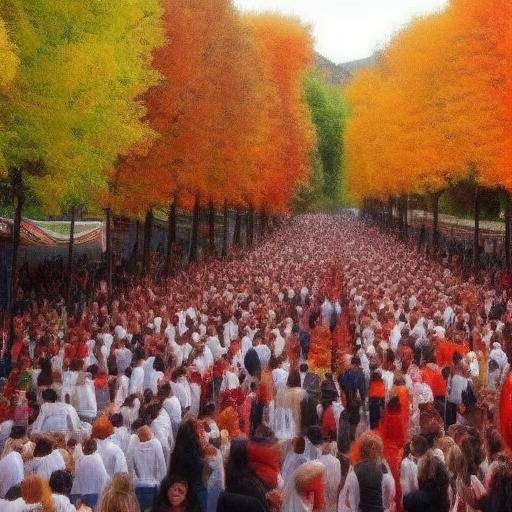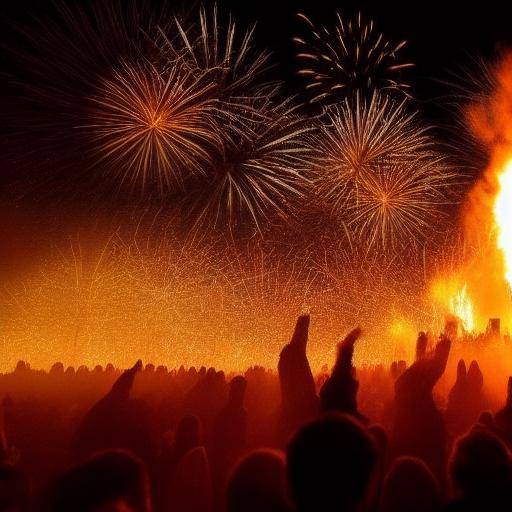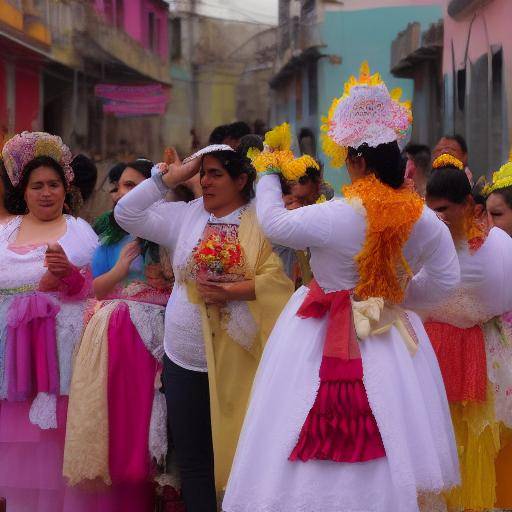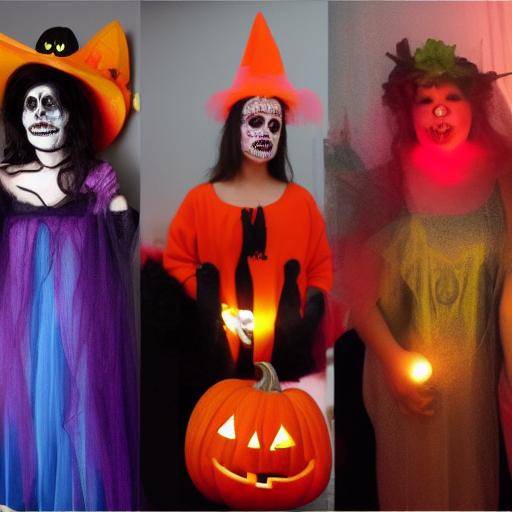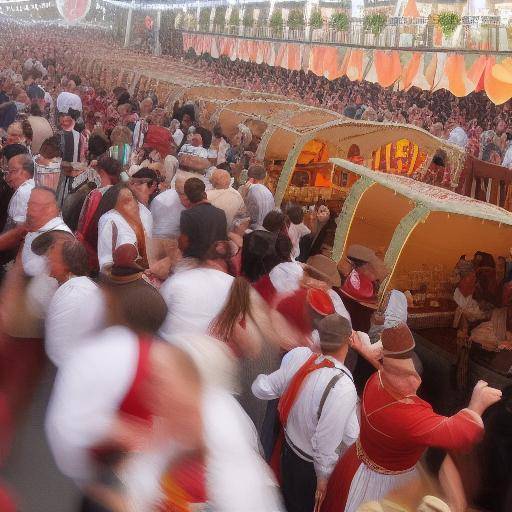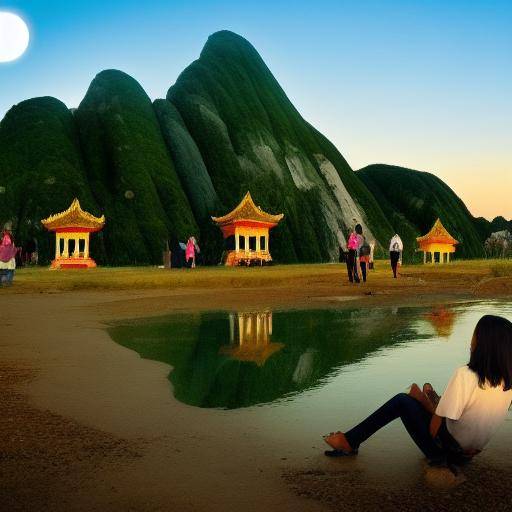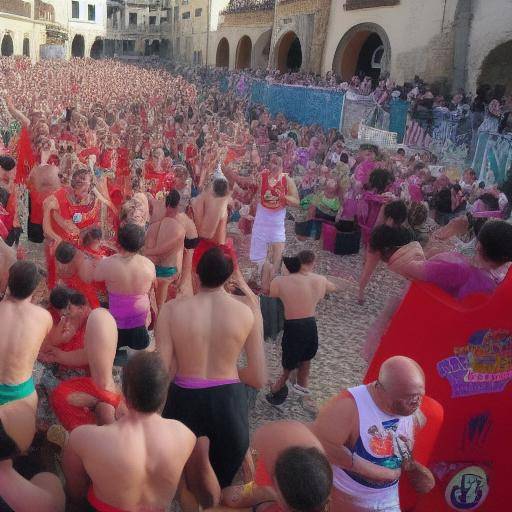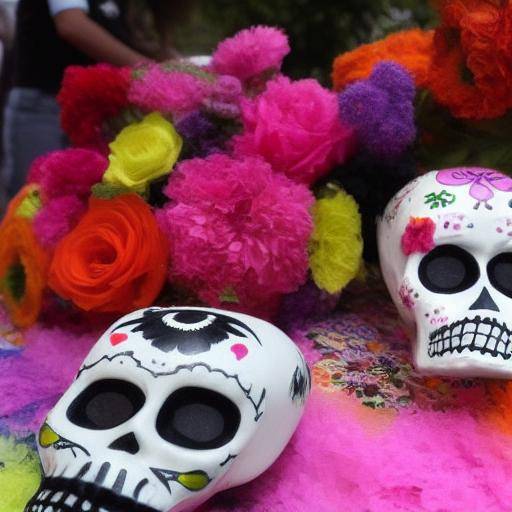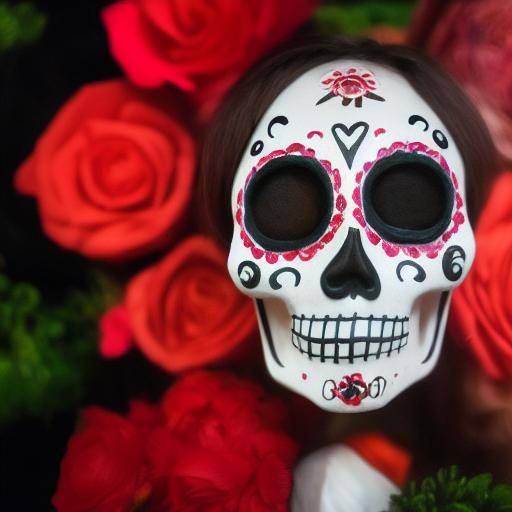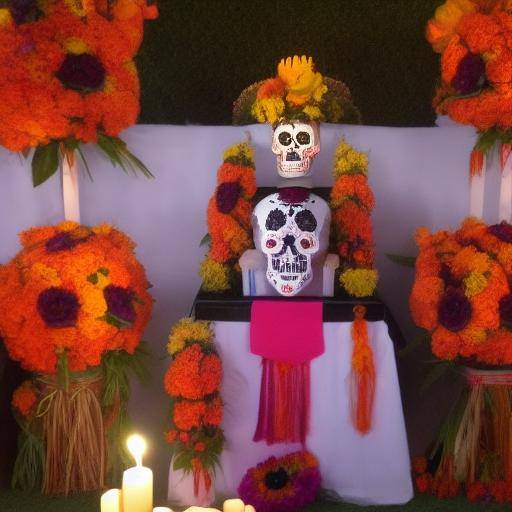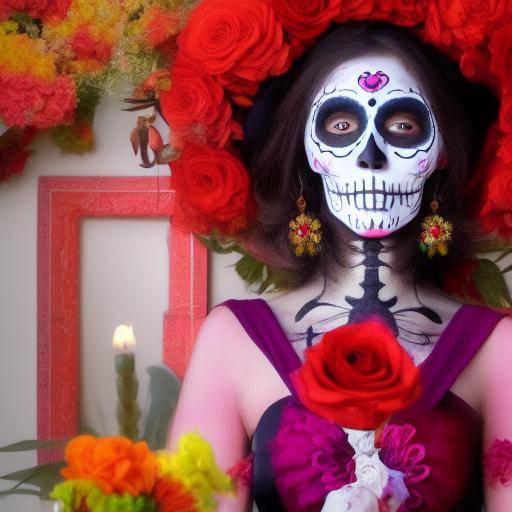
The Day of the Dead, one of Mexico's most emblematic holidays, is a colorful and meaningful celebration that honors the deceased loved ones. This festival, full of symbolism and tradition, is an occasion to commemorate the lives of those who are no longer physically present. In this article, we will explore in detail the history, traditions, and the cultural importance of the Day of the Dead, as well as the autumn holidays in Mexico. We will deepen how this event, its cultural roots and its significance is being celebrated today.
History and Background
The celebration of the Day of the Dead has ancestral roots that go back to the pre-Hispanic civilizations of Mexico, such as the Aztecs, Mayas, Purépechas and Totonacas. Before the arrival of the Spaniards, these cultures performed rituals to honor their deceased loved ones, celebrating life after death. With Spanish colonization, the festivities merged with Catholic traditions, giving rise to the modern festivities we know today.
During the Day of the Dead, it is believed that the deceased have permission to visit their loved ones in the earthly world. Families prepare altars adorned with flowers, candles, photographs, and favorite foods of the deceased, in order to give them a warm reception and honor their memory. The streets are filled with colorful parades, music, and dances, creating a unique festive atmosphere.
Detail Analysis
The festival has become an integral part of Mexico's cultural identity, celebrated with enthusiasm throughout the country. Its importance transcends the purely religious, becoming a symbol of Mexico's richness and cultural diversity. However, the Day of the Dead has also been the subject of misunderstandings and cultural appropriations, which has posed challenges to preserve its authenticity and original meaning.
Comprehensive review
The celebration of the Day of the Dead has inspired autumn festivals throughout Mexico, with events ranging from parades and altar contests, to art exhibitions and crafts. These festivals not only offer a unique experience for visitors, but also provide opportunities to preserve and transmit ancestral traditions to future generations.
Comparative analysis
Comparatively, the Day of the Dead and the Autumn Festivals share cultural elements rooted in the history and traditions of Mexico. Both events reflect the vitality and creativity of the Mexican people, as well as their profound respect for the memory of their ancestors.
Tips and Recommended Actions
If you plan to visit Mexico during the Day of the Dead, it is important to respect local traditions and participate with respect and sensitivity. Learning about the customs and meanings behind the festival will allow you to experience an authentic and enriching experience.
Conclusion " FAQs
In short, the Day of the Dead and the Autumn Festivals in Mexico are events of profound cultural significance, which provide the opportunity to honor and celebrate life beyond death. By participating in these festivities, both local and visitors can immerse themselves in Mexico's rich cultural heritage and marvel at the beauty and colourfulness of these celebrations.
Frequently asked questions (FAQs)
**1. What is the exact date of the Day of the Dead in Mexico?**The Day of the Dead is celebrated on 1 and 2 November, coinciding with the Catholic holidays of "All Saints" and "Droprite Faiths". However, the exact dates may vary according to local regions and customs.
**2. What are some of the typical dishes that are prepared for the Day of the Dead?**Some of the typical dishes that are prepared during this holiday include the dead bread, tamales, mole, pumpkin in tacha, and the traditional hot chocolate. These foods are part of the offerings placed on the altars to honor the deceased.
**3. What is the meaning of the cempasúchil flower on the Day of the Dead?**The flower of cempasúchil, of intense orange, is considered the flower of the dead and is used to decorate the altars and tombs during the Day of the Dead. It is believed that its aroma and color guide the souls of the deceased back to the earthly world.
**4. Why is the Day of the Dead considered an Intangible Cultural Heritage of Humanity by UNESCO?**The Day of the Dead in Mexico has been recognized by UNESCO as a significant example of how traditional cultures pay homage to their deceased. This recognition highlights the importance of preserving and celebrating these unique traditions.
**5. How do autumn festivals in Mexico differentiate themselves from the celebrations of the Day of the Dead?**Autumn festivals in Mexico include a variety of cultural events and activities that take place throughout the autumn season. While the Day of the Dead is a specific holiday within the autumn festivals, with its own traditions and rituals.
**6. What role do the skulls and symbolism of death play in the Day of the Dead?**The sugar skulls and the symbolism of death on the Day of the Dead reflect the Mexican conception of death as a natural part of life. These elements, far from being macabre, represent the acceptance and celebration of life and death as part of a continuous cycle.
With this, this article is expected to provide a complete and enriching view of the cultural meaning and festivities of Day of the Dead and Autumn Festivals in Mexico.

